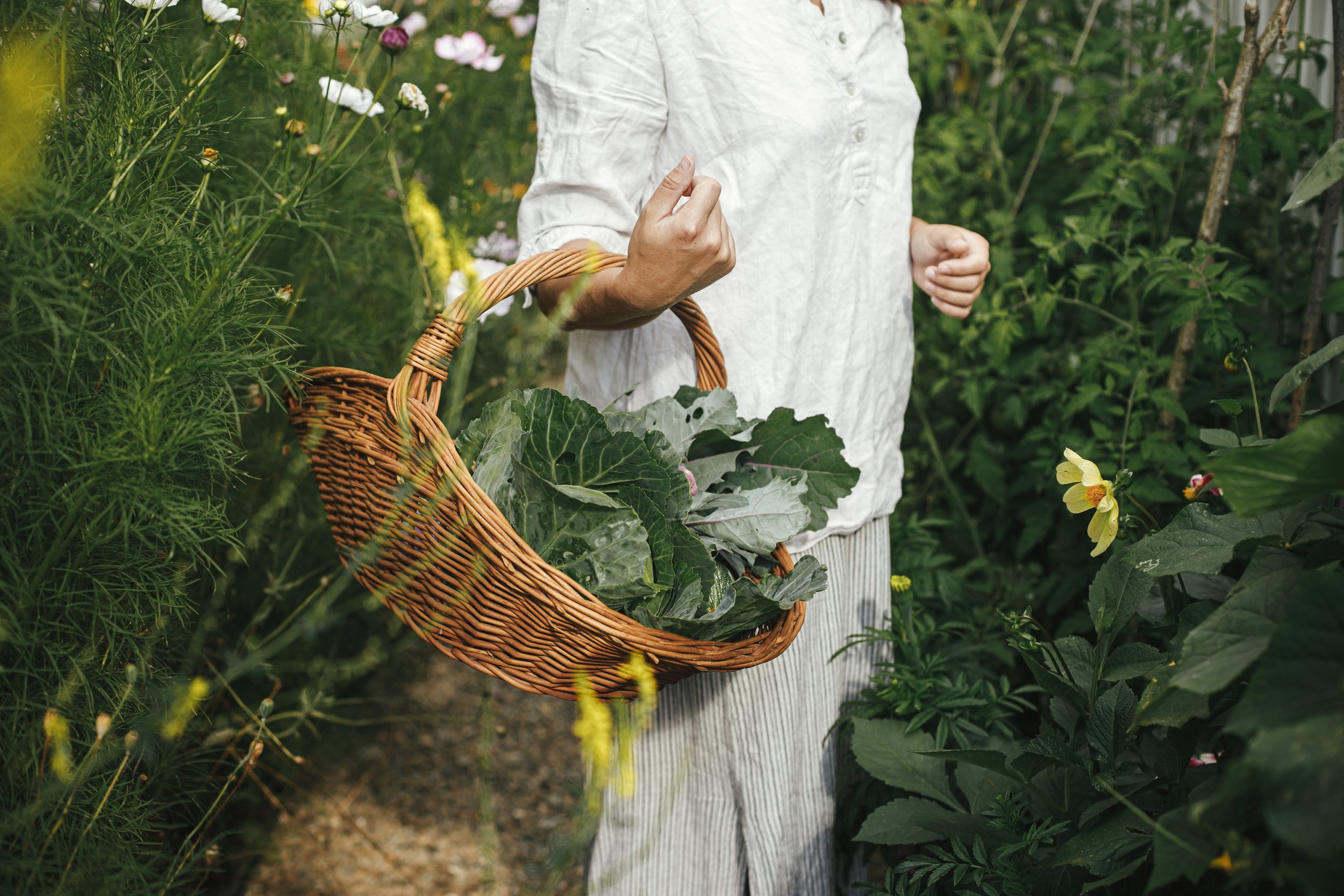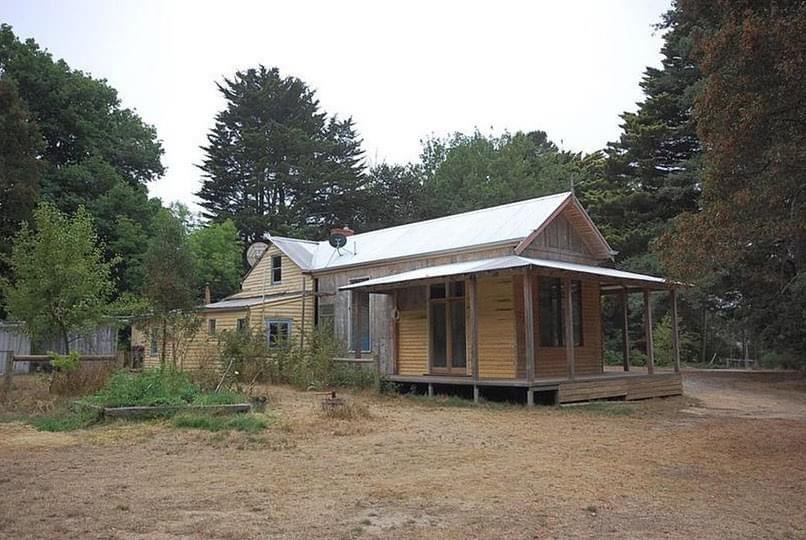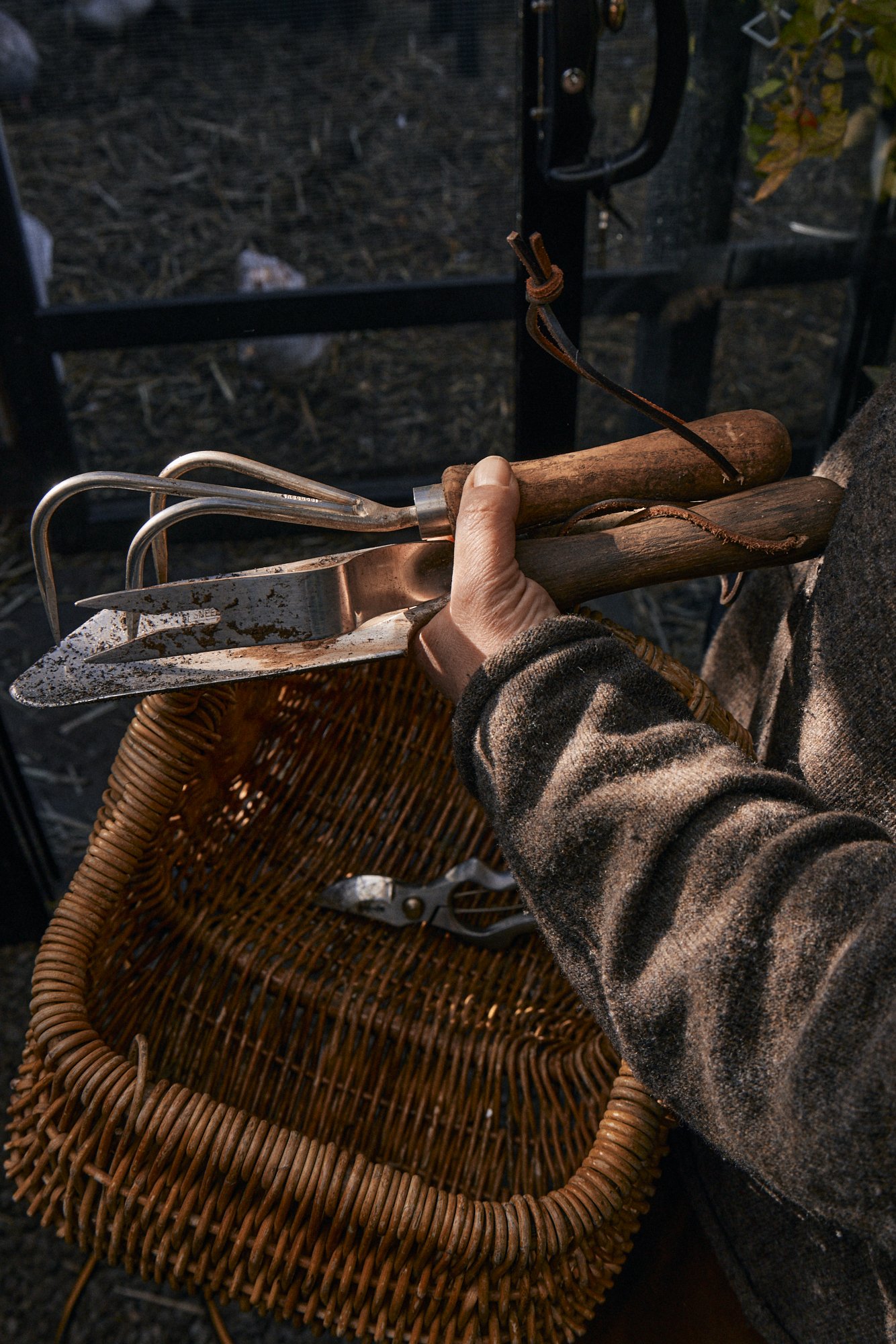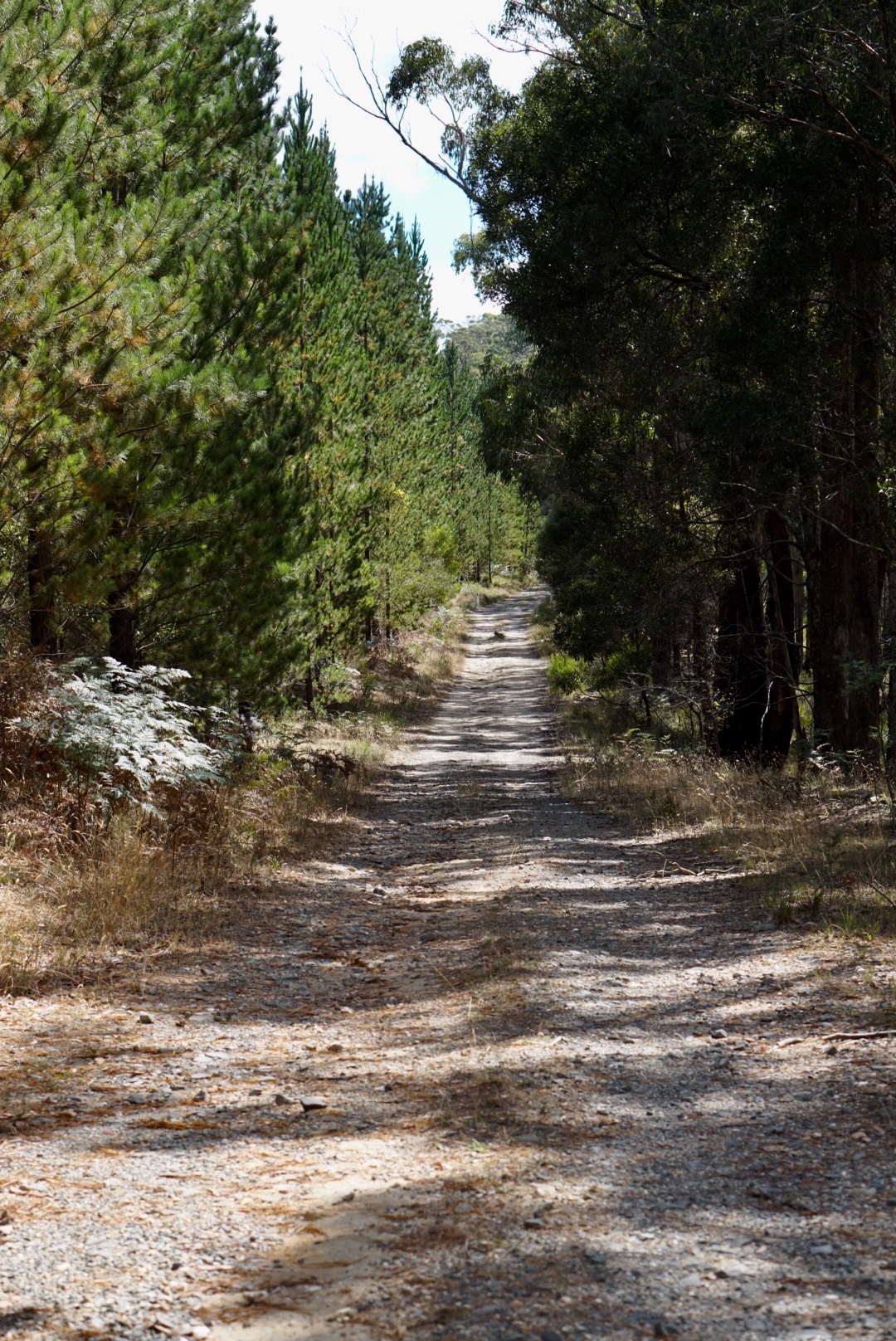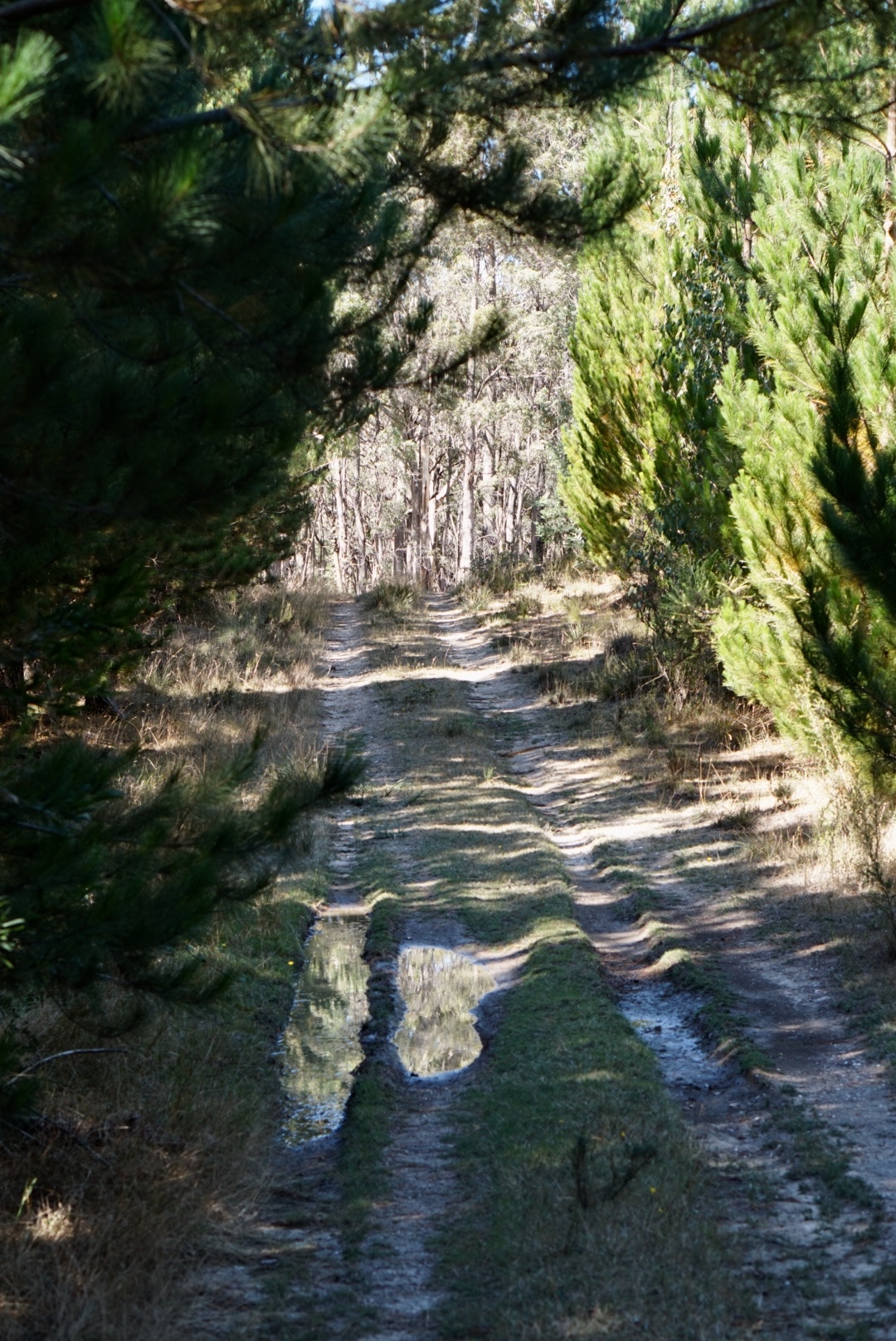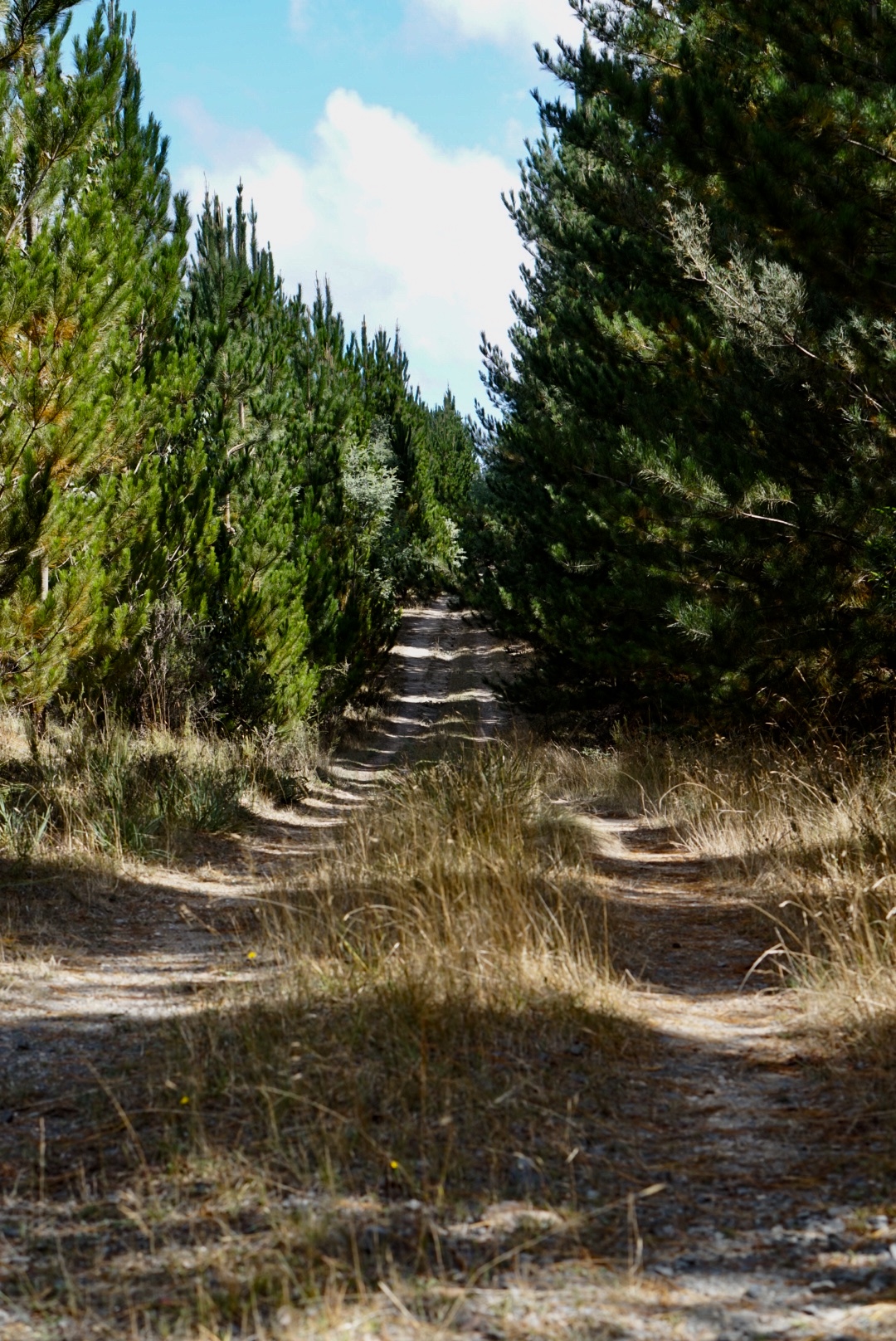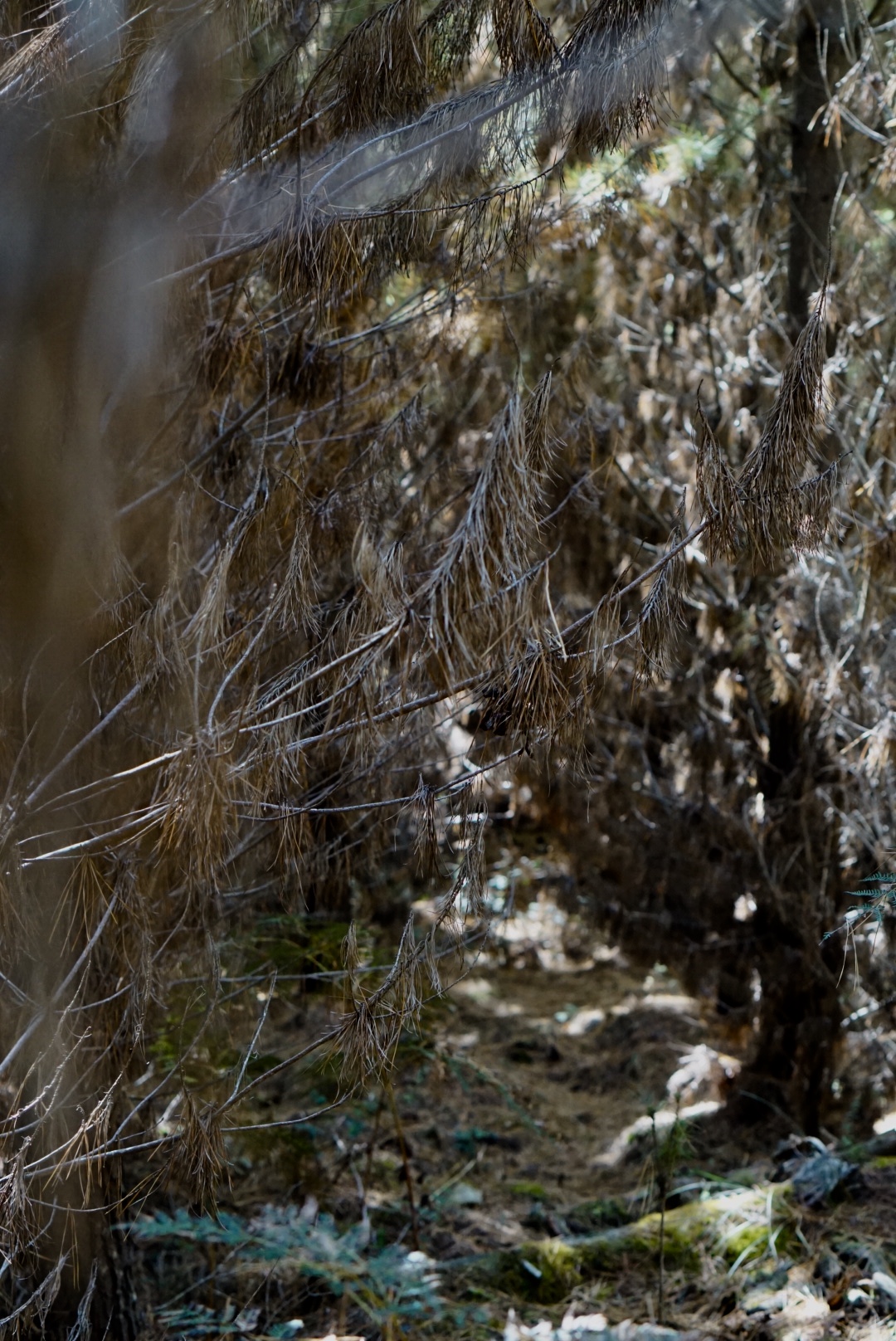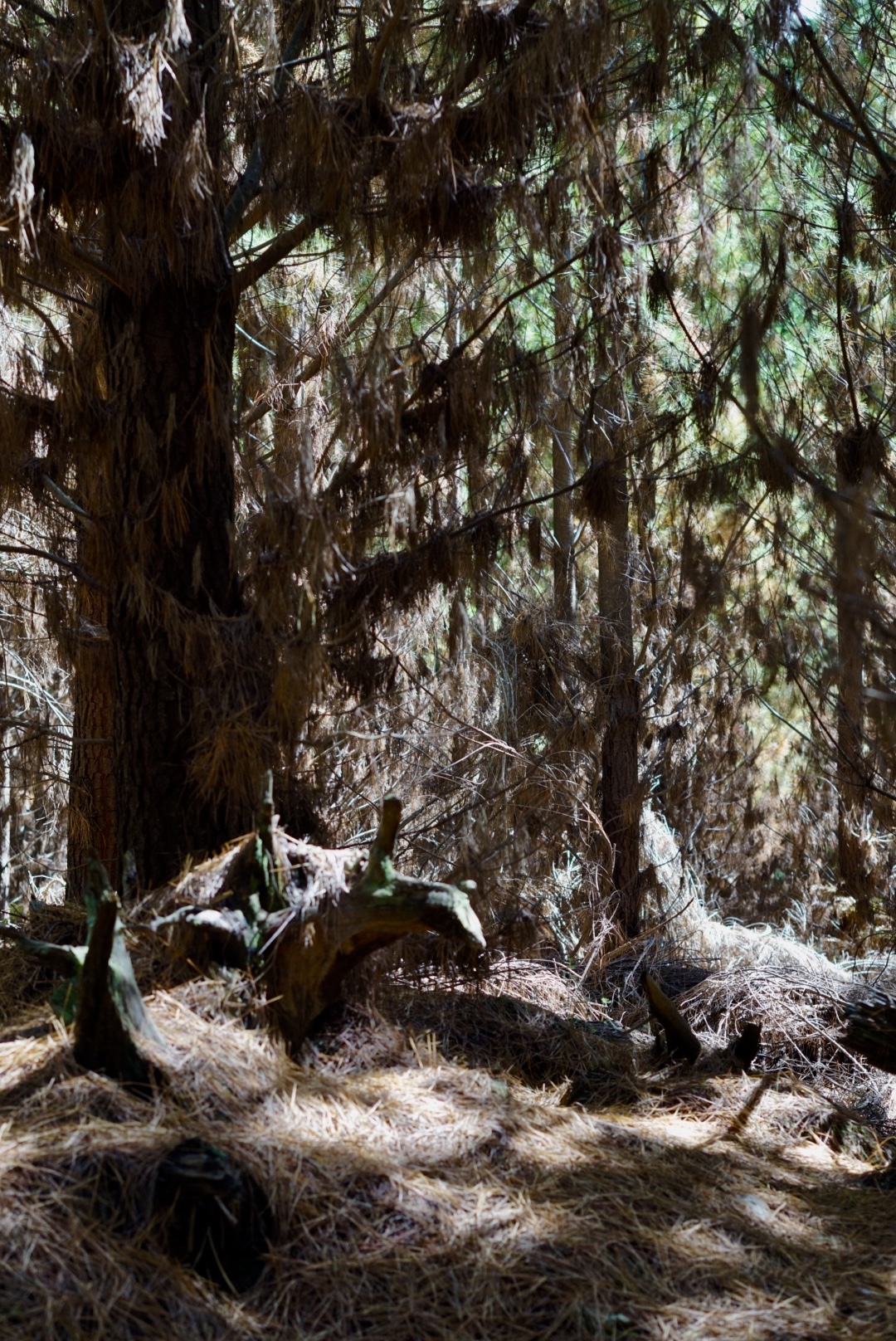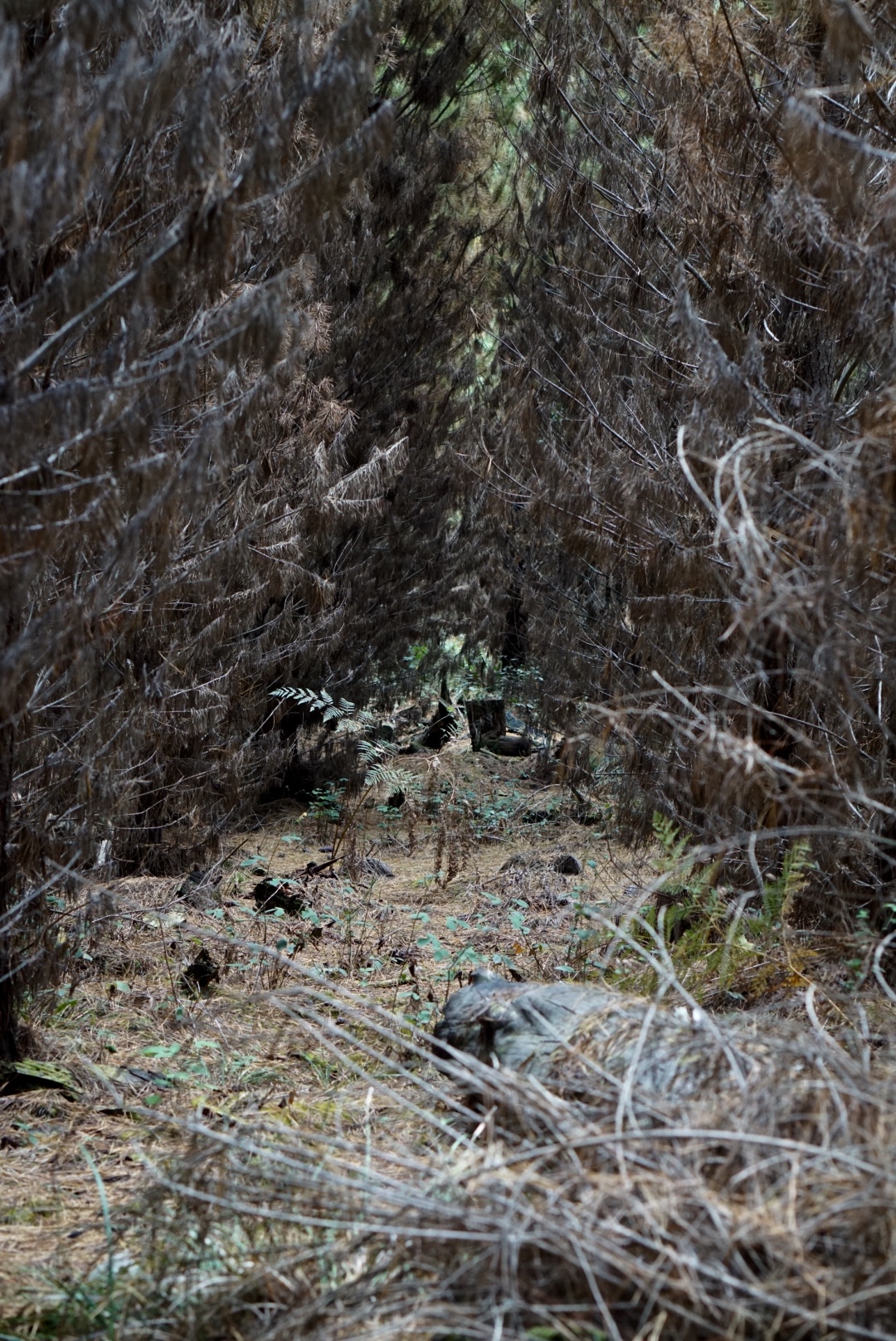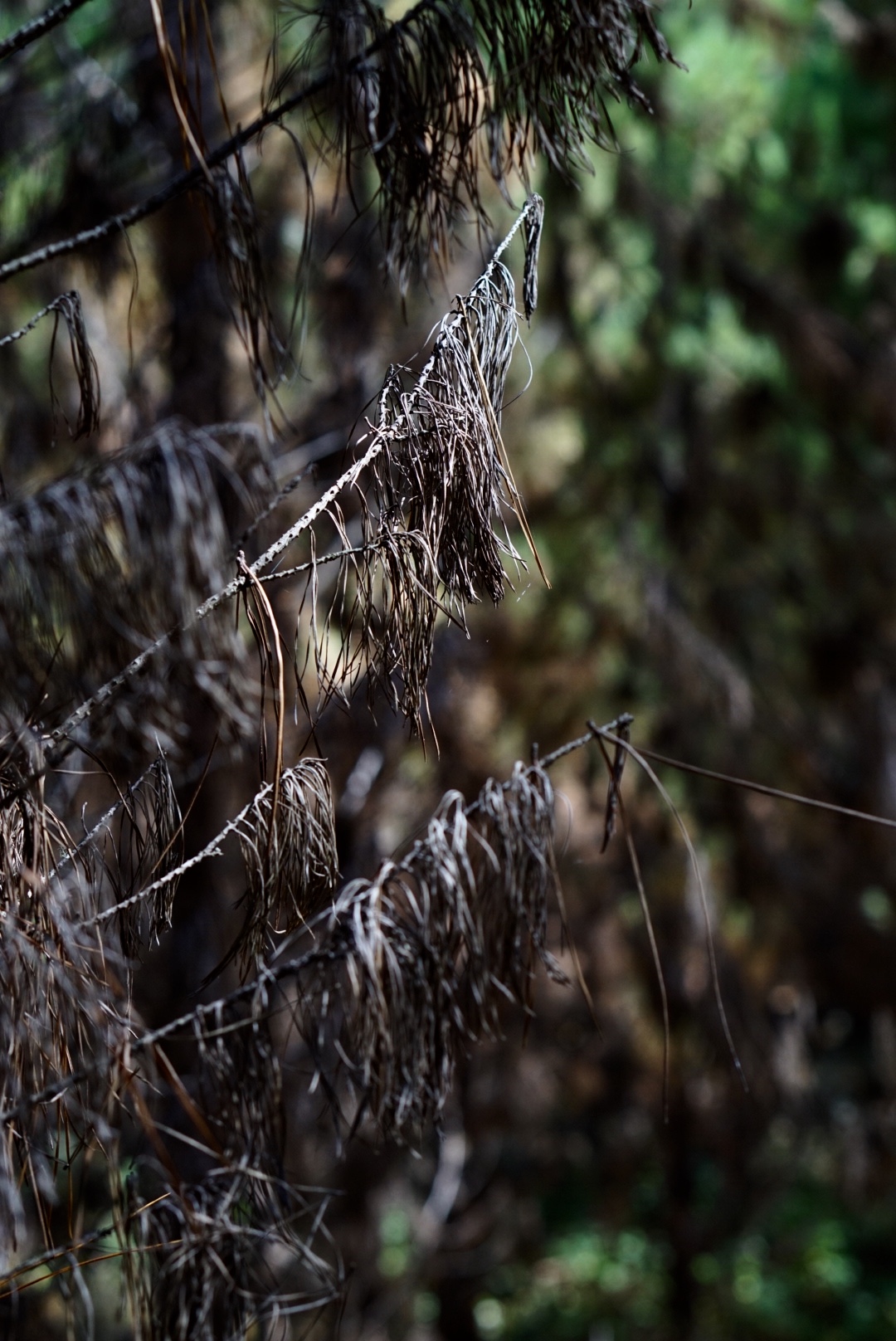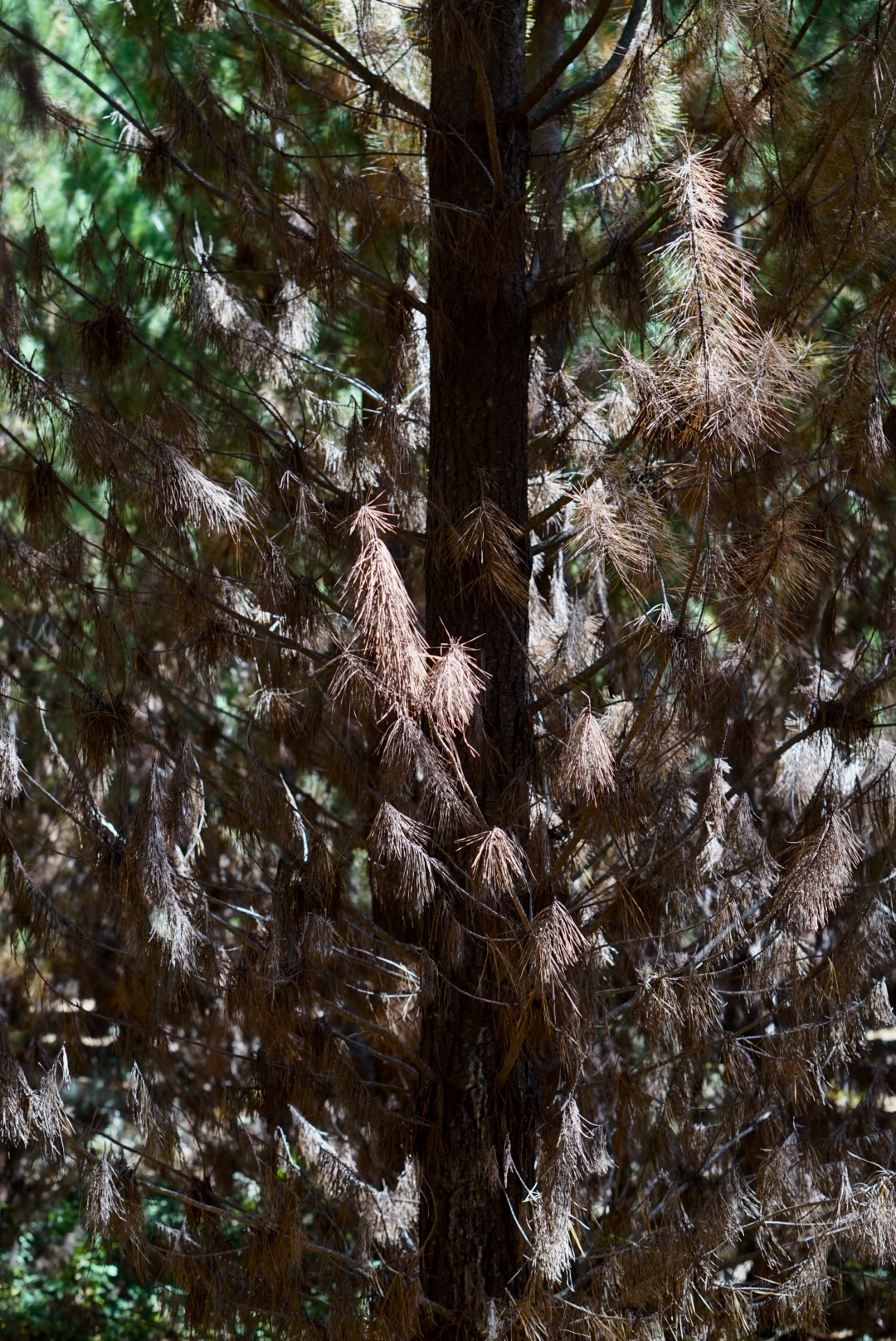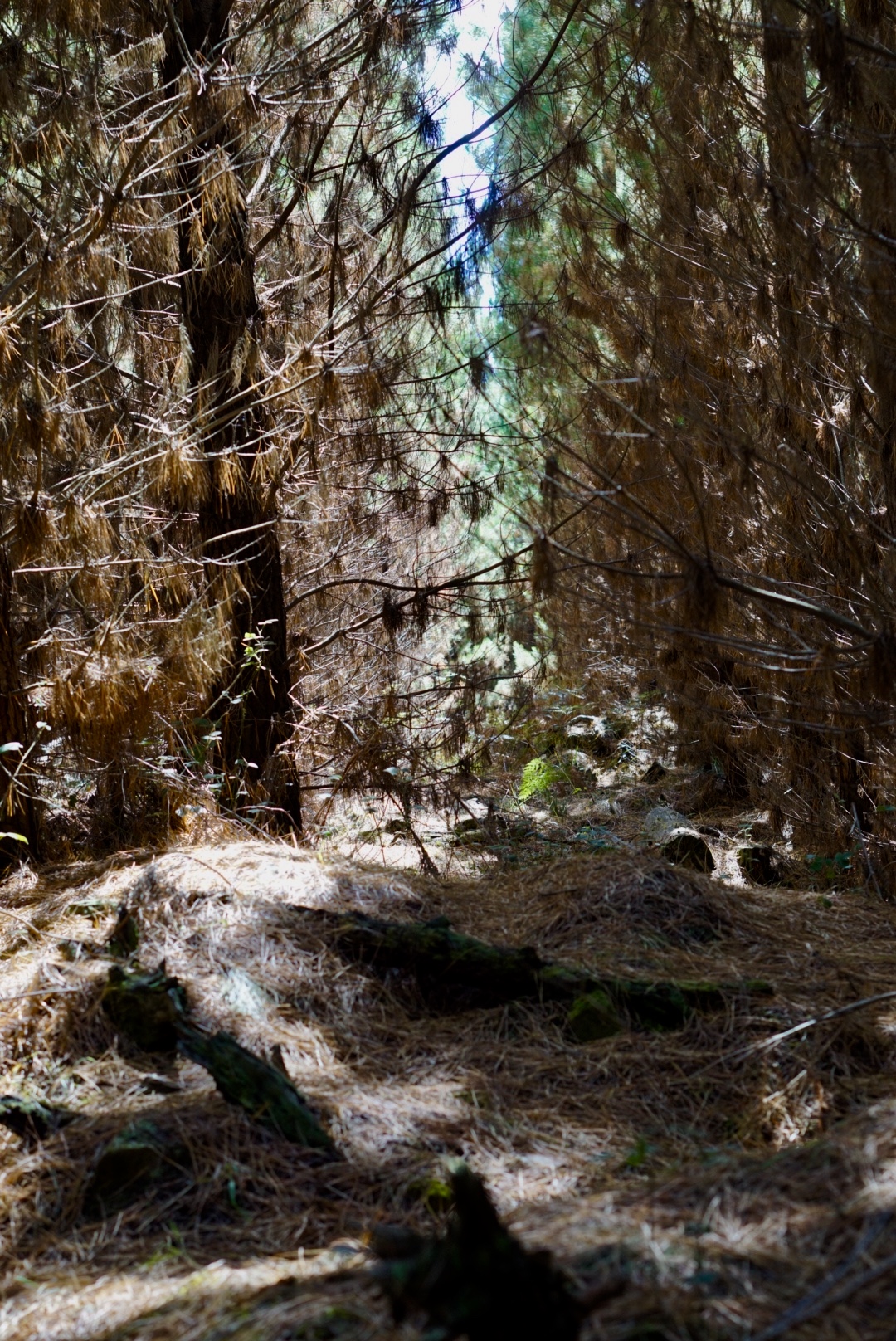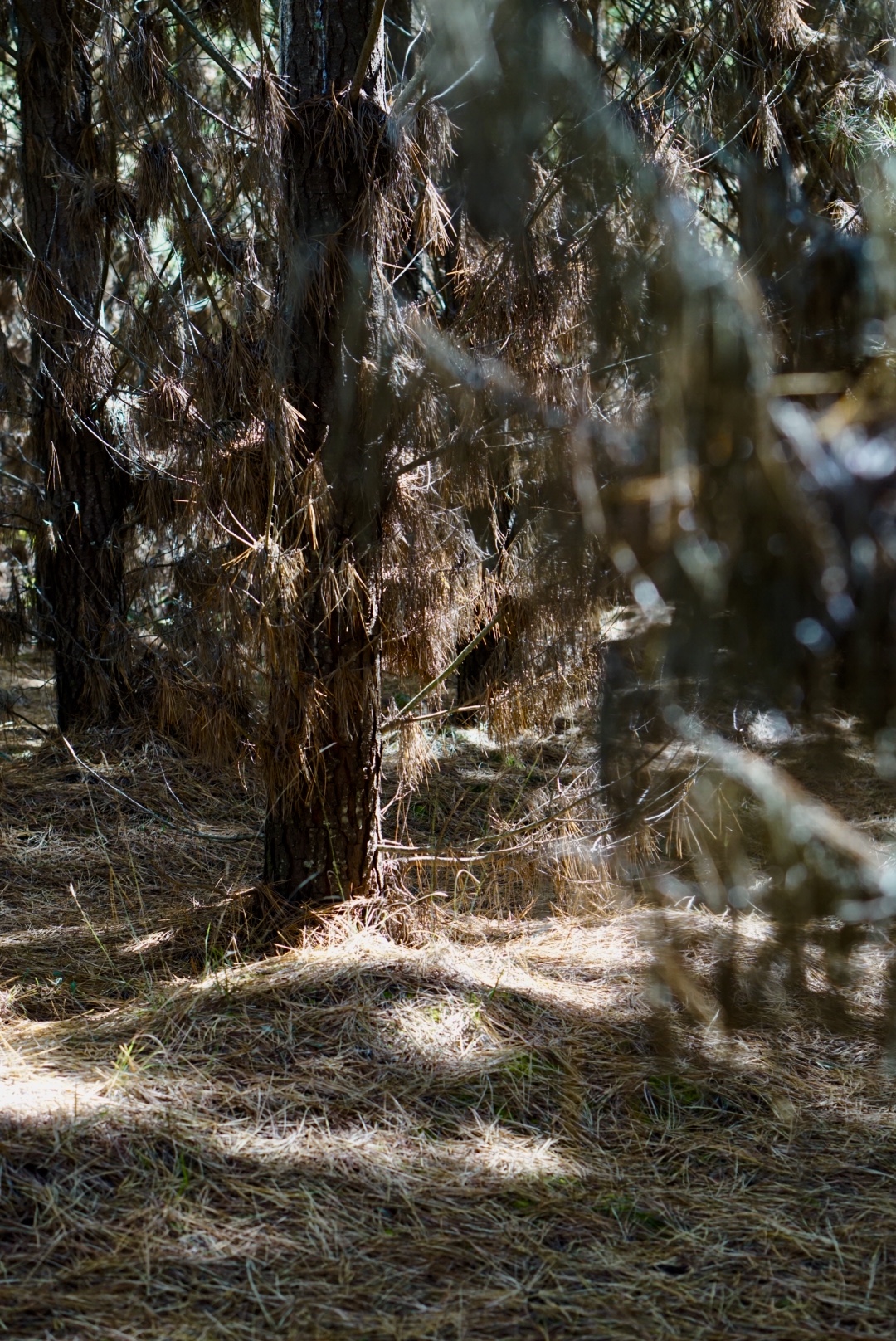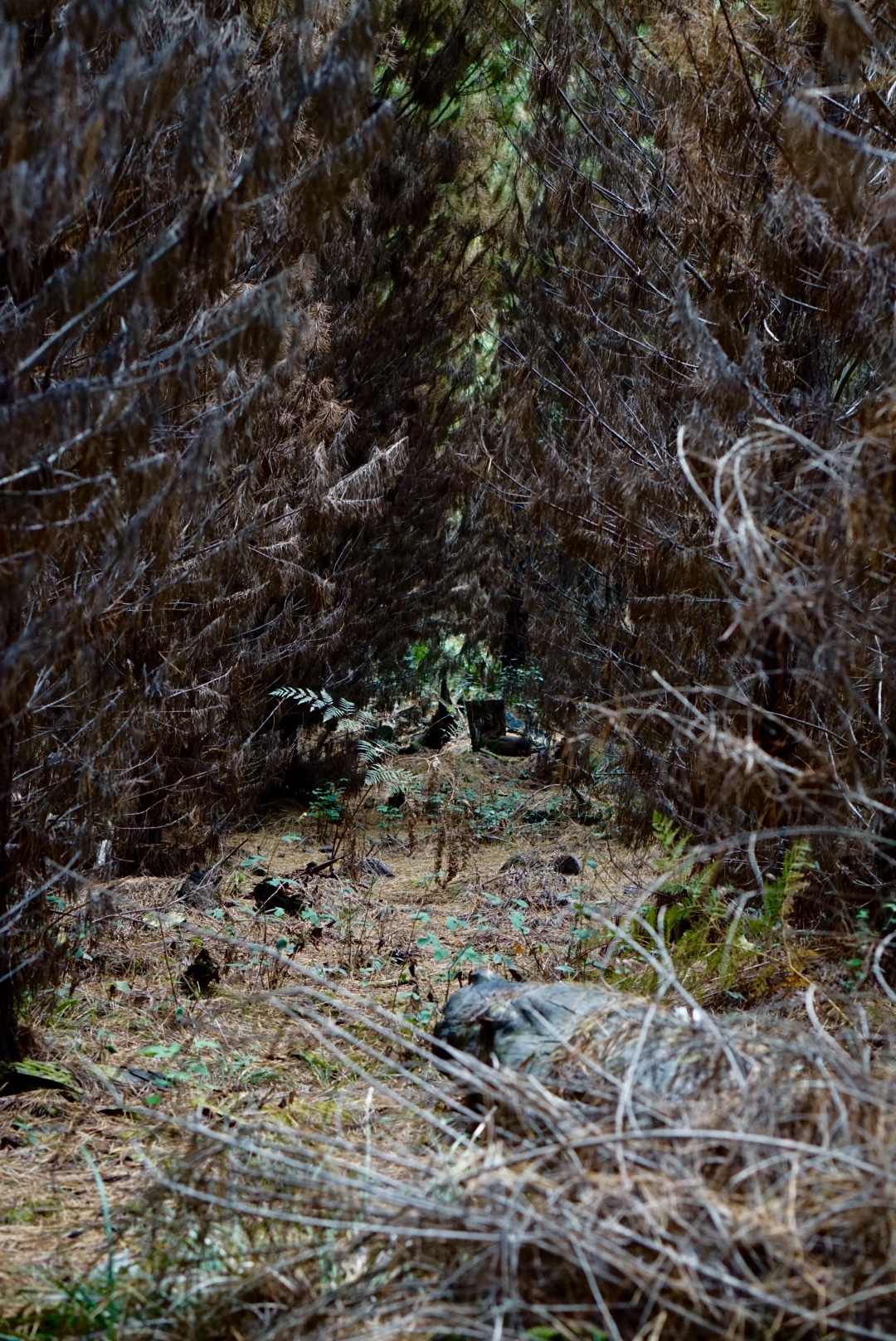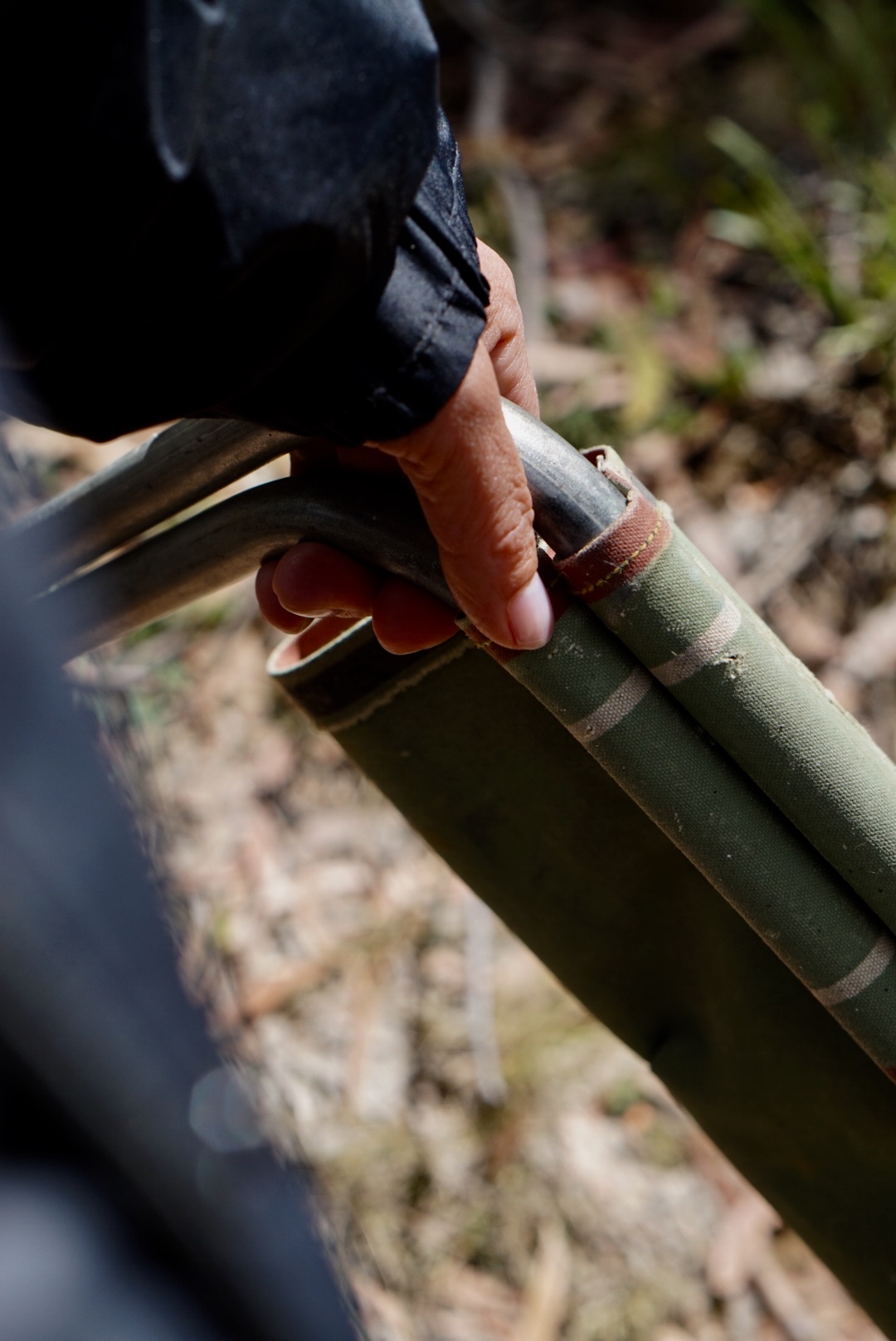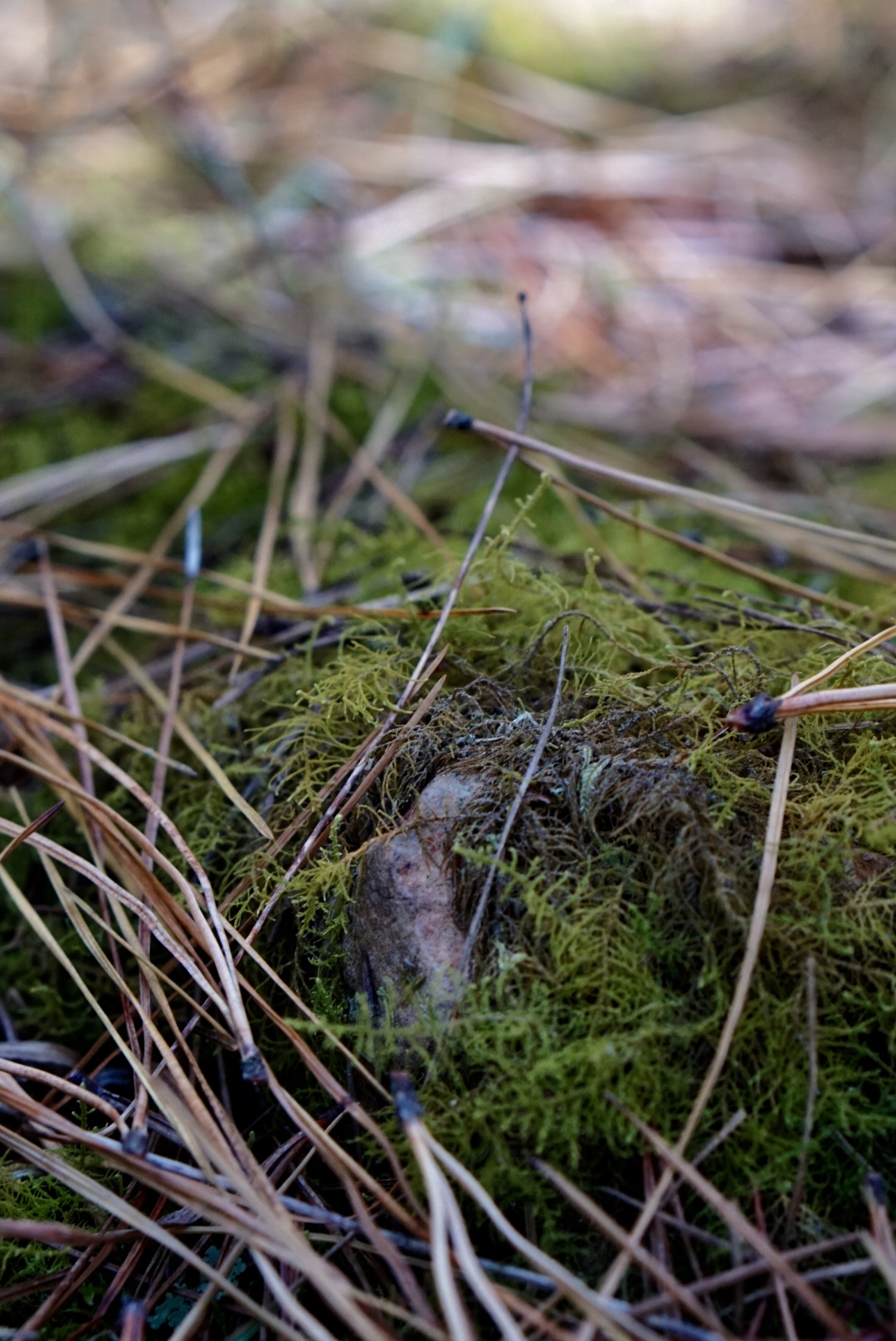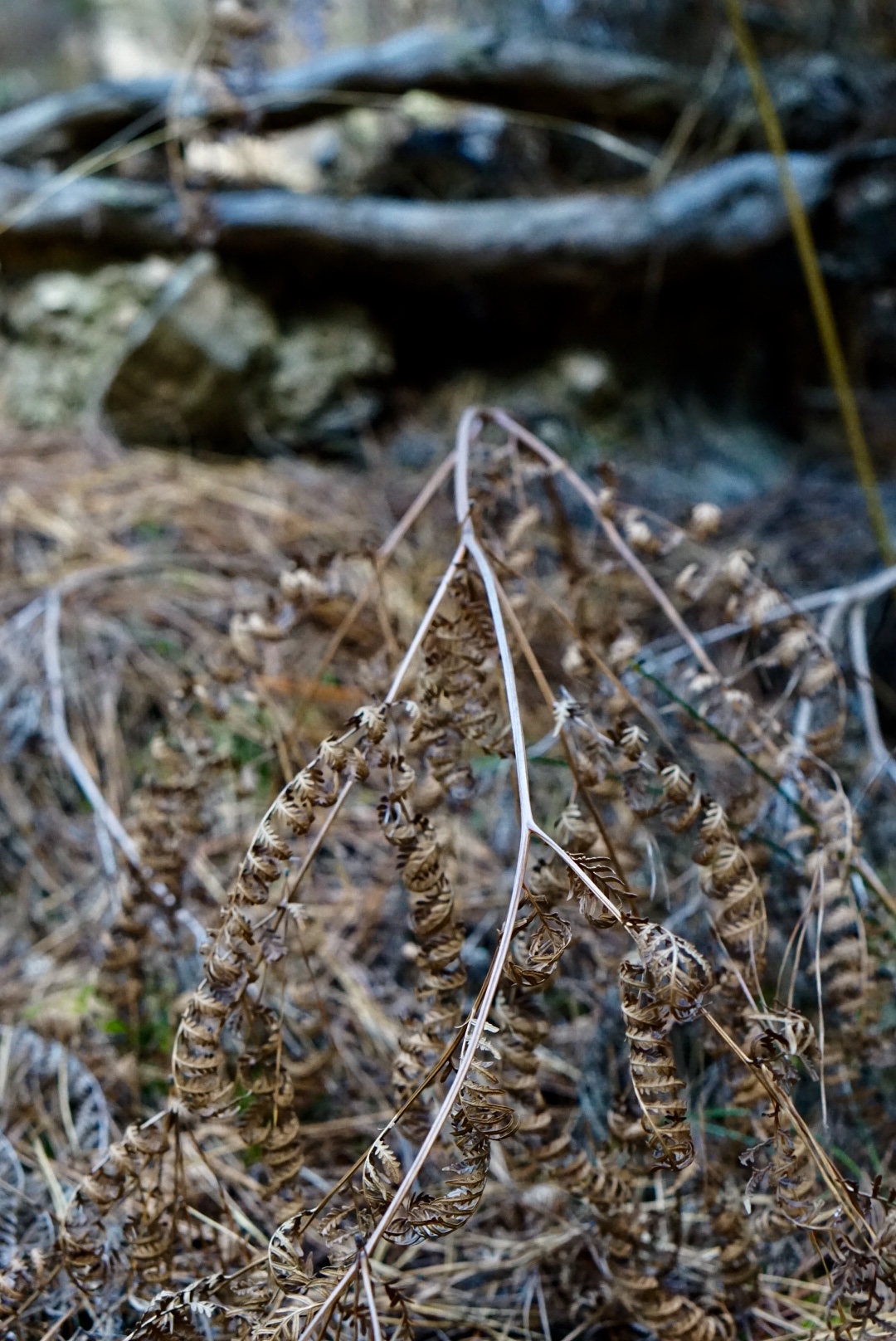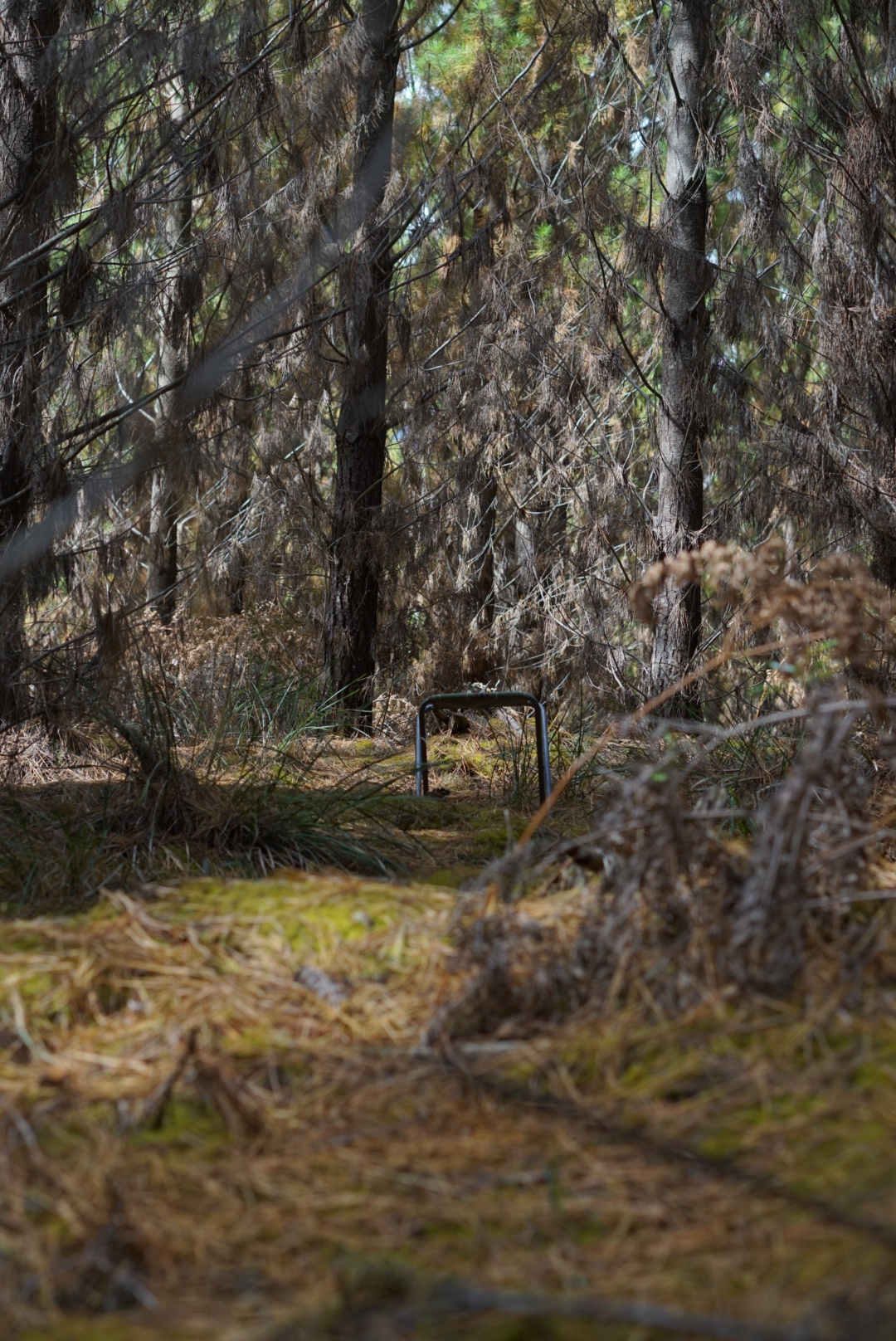Permaculture: A Way of Life for Sustainable Living and Connection to the Land
As November ends, there’s a quiet beginning—a time to reflect, reset, and plan for what’s to come. The end of one season holds the promise of another, and for me, it’s a moment to look closely at the land, observe its rhythm, and consider how to work with it as we step into summer. This mindful pause reminds me of permaculture’s essence: a philosophy deeply rooted in observation, connection, and thoughtful action.
Oak & Monkey Puzzle
Little Cottage On A Hill
At its heart, permaculture is about balance—creating ecosystems that are both productive and regenerative. Whether in a sprawling garden or a small urban space, it invites us to consider how each element contributes to the whole. It’s about making the most of what we have and finding beauty in the functionality of a space. This philosophy has shaped everything I’ve done, from the expansive gardens at Oak & Monkey Puzzle to the more intimate spaces at Little Cottage on a Hill.
Permaculture in Action: Lessons from Bill Mollison and David Holmgren
Permaculture isn’t just a method; it’s a way of understanding our relationship with the world around us. Coined by Bill Mollison and David Holmgren in the 1970s, it combines the words “permanent” and “culture” (or “agriculture”), speaking to the creation of resilient, self-sustaining systems. It’s about designing spaces that thrive alongside nature, not in opposition to it. As someone who has spent years exploring the interplay of garden design, sustainability, and community, this approach is a natural extension of how I live and work.
I’ve always been inspired by David Holmgren’s idea that a productive and beautiful garden can exist within the smallest of spaces. His work, alongside the teachings of Milkwood Permaculture, has deeply influenced my journey. Wicking beds, for example, are one way I’ve embraced permaculture principles in my own gardens. These water-conserving beds provide consistent moisture for plants with minimal effort—an elegant solution that reflects permaculture’s focus on working smarter, not harder.
Living the Land: Core Principles of Permaculture
Permaculture principles are as much about mindset as method—a way of working with the land rather than imposing upon it. These principles guide how I think, design, and create in my gardens and beyond, each one integral to how I live:
Observe and Interact
Everything begins with observation. Spending time with the land—watching, listening, and learning—reveals its secrets. Every garden I’ve tended is an evolving space shaped by the lessons hidden in its soil, sunlight, and seasonal rhythms.Use and Value Renewable Resources
There’s a quiet satisfaction in working with what’s naturally available. From reusing materials in garden structures to planting in tune with the seasons, this principle reminds us to find value in what’s already around us.Catch and Store Energy
Small actions create significant impacts. Whether it’s harvesting rainwater or building wicking beds to conserve moisture, this principle is about creating systems that sustain themselves, offering resilience in return.Design from Patterns to Details
Every design starts with the big picture. Understanding the land’s broader context—its sunlight, wind, and natural flow—clarifies the finer decisions that allow a garden to truly thrive.
These principles ground me in the process, reminding me to slow down, observe, and act with intention. Whether you’re tending a sprawling garden or a small windowsill pot, these principles can guide you to create something meaningful.
Permaculture in Practice: My Garden Journey
But beyond the techniques and principles, permaculture reminds us of something more profound: that we are part of the landscape, not separate from it. It teaches us to slow down, observe, and find joy in the small details. Whether it’s watching a bee dart between blossoms, the subtle shift in the air as summer approaches, or the satisfaction of harvesting from the garden, there’s a deep connection waiting to be nurtured.
Embracing Change: Lessons from the Garden
As November gives way to a new season, I’m reminded that permaculture isn’t about perfection—it’s about the process. It’s about learning from nature, experimenting, and finding joy in the unexpected. I encourage you to take a moment to pause, observe your garden (or even a potted plant on your windowsill), and consider how you might work with what you have to create something abundant and meaningful.
This season, as the garden transitions, let it inspire your own new beginnings. Whether it’s through planning a small edible verge, learning a new skill, or simply slowing down to notice the world around you, permaculture has something to offer.
The takeaway is simple yet profound: start small, observe closely, and trust the process. Every season—every moment—is an opportunity to create a garden, a space, a life that reflects who you are and what you value. Let this be your beginning.

